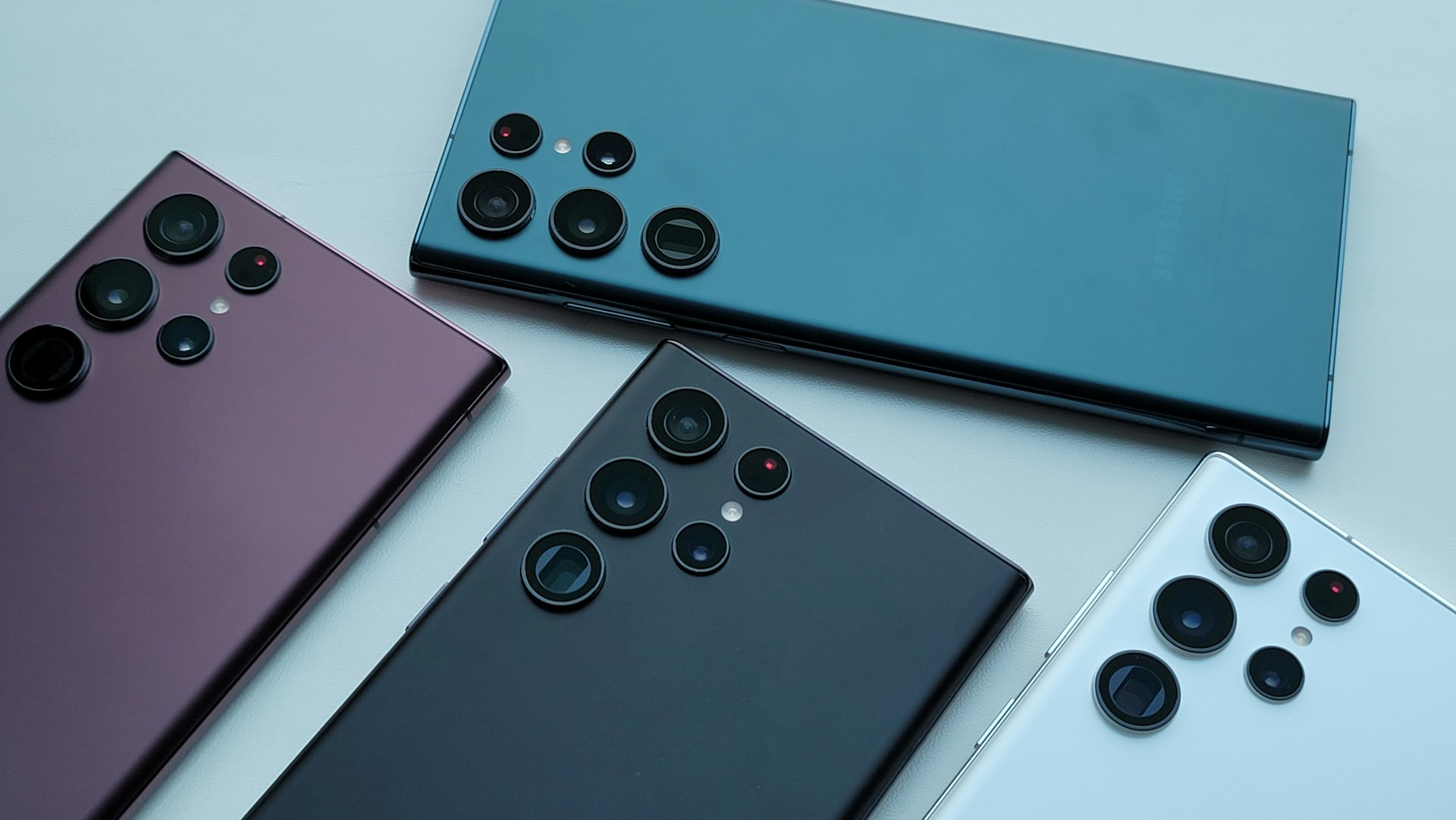There was a time when Samsung’s flagship smartphones consistently included microSD card slots, giving users the flexibility to expand their device’s storage with ease. For many, it was a defining feature that set Samsung apart from competitors. That era, however, appears to be over. Despite early speculation and hopeful rumors, the Galaxy S22 series has confirmed the company’s new direction—no expandable storage.
No MicroSD Slot in the Galaxy S22 Series
The Galaxy S22, S22+, and even the high-end Galaxy S22 Ultra do not support microSD cards. Samsung has made it clear with this generation: expandable storage is no longer part of its premium lineup. This decision is especially disappointing to longtime fans who had hoped the Galaxy S22 Ultra—considered the most powerful model in the series—might revive the once-standard feature.
Unfortunately, that’s not the case. All three models offer fixed internal storage options only, leaving users to decide upfront how much storage they’ll need for the lifespan of their device.
Why Does This Matter?
Expandable storage has long been praised for its flexibility and affordability. Instead of paying significantly more for a high-storage variant of a phone, users could purchase a microSD card at a lower cost and enjoy the same benefit. This approach not only saved money but also provided convenience—microSD cards are easy to replace, swap between devices, or use to transfer files to a computer.
With the Galaxy S22 series, those benefits are no longer an option. Users looking for ample space must now invest in one of the higher-tier models. For example, both the Galaxy S22+ and Galaxy S22 Ultra offer configurations with up to 1TB of internal storage. While impressive, these versions come with a premium price tag that may not be justifiable for all users.
Is a MicroSD Card Even Necessary Today?
Some might argue that microSD cards are becoming obsolete, given that modern smartphones now come with significantly larger built-in storage. In fact, the 1TB options available with the S22 Ultra rival the storage capacity of many laptops. Cloud storage services have also become more prevalent and accessible, offering another alternative to local storage.
However, these alternatives have their drawbacks. Cloud services typically require a monthly subscription and constant internet access. On the other hand, internal storage—no matter how large—can’t be easily expanded or replaced if it fills up. Once it’s full, users must resort to deleting content or relying on cloud backups.
That’s where expandable storage used to shine: it gave users control and peace of mind. Being able to pop in a new SD card and instantly double your available space without losing files or waiting for uploads was a valuable option—especially for photographers, videographers, and power users.
The Last of Its Kind
The last Samsung flagship lineup to include a microSD card slot was the Galaxy S20 series. Since then, both the Galaxy S21 and now the S22 have continued the trend of excluding this feature. This signals a consistent shift in Samsung’s approach, aligning more closely with Apple and other manufacturers that have never supported expandable storage.
It’s uncertain whether Samsung will ever bring back the microSD card slot in future flagship models. For now, though, it appears that expandable storage is a thing of the past in Samsung’s premium phones.
Final Thoughts
The Galaxy S22 series may be packed with cutting-edge features, powerful processors, and impressive cameras, but for some users, the lack of a microSD card slot is a significant step backward. While internal storage capacities have grown, so have the size and number of apps, photos, and videos that we store on our devices. In this context, expandable storage still holds value.
Whether or not Samsung will reverse course in future releases remains to be seen. For now, anyone considering a Galaxy S22 should carefully choose their storage tier—because once you’ve hit the limit, there’s no going back.
